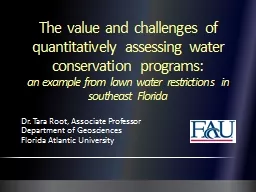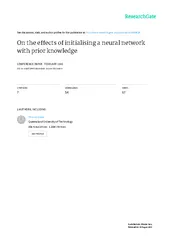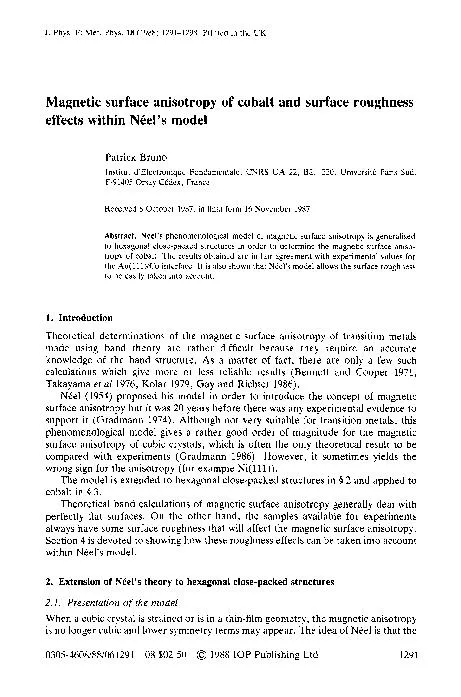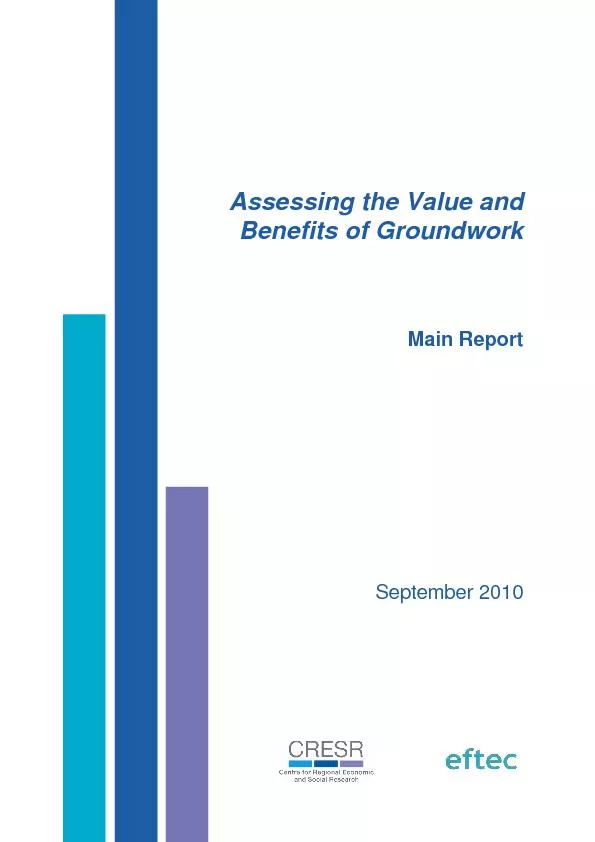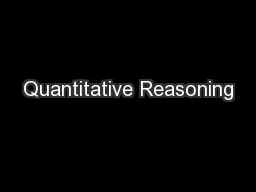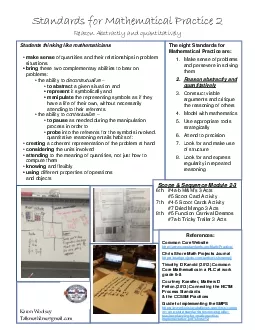PPT-The value and challenges of quantitatively assessing water
Author : lois-ondreau | Published Date : 2016-06-25
an example from lawn water restrictions in southeast Florida Dr Tara Root Associate Professor Department of Geosciences Florida Atlantic University OKLAHOMA The
Presentation Embed Code
Download Presentation
Download Presentation The PPT/PDF document "The value and challenges of quantitative..." is the property of its rightful owner. Permission is granted to download and print the materials on this website for personal, non-commercial use only, and to display it on your personal computer provided you do not modify the materials and that you retain all copyright notices contained in the materials. By downloading content from our website, you accept the terms of this agreement.
The value and challenges of quantitatively assessing water: Transcript
Download Rules Of Document
"The value and challenges of quantitatively assessing water"The content belongs to its owner. You may download and print it for personal use, without modification, and keep all copyright notices. By downloading, you agree to these terms.
Related Documents

